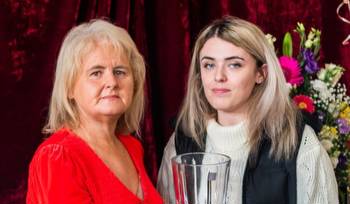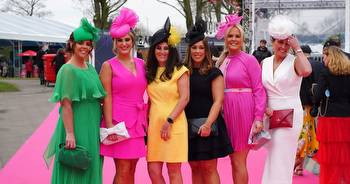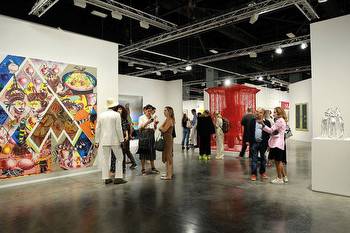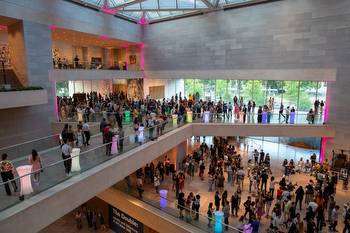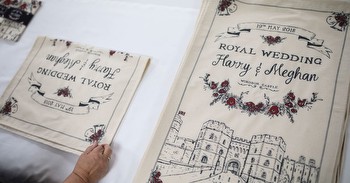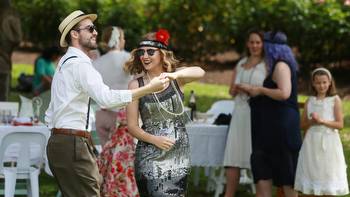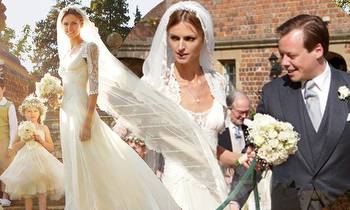An ode to the small wonders of New Zealand’s museums

Hundreds of museums dot the country – from the small-town collections that showcase a region’s quirky histories, to the large city museums that offer the chance to see relics from the world. We asked four writers to talk about their favourite museums or items from across the country.
Winifred Speight’s wedding dress, (Toitū Otago Settlers Museum)
I’m a sucker for a fancy frock, and show me a museum with a couple of old corsets and some pretty lace and I will be yours forever. Toitū has my heart for its small but charming collection of Otago wedding finery, and of all the garments on display, I’m always drawn to one in particular.
I love this dress for the simple reason that it’s so beautiful. This 1930s wedding gown is timeless in style and elegance, made of a white satin that ripples like water, all fluid and sleek. I look at the delicate stitches made by an unknown dressmaker and wonder what they would think about their work being displayed nearly a century later, admired by strangers in a city they might not recognise. This bride must have loved herself sick in this dress, and rightly so. I would love to be the kind of woman who could wear a stunning gown like this and not look like a busty potato.
The lucky bride was Winifred Speight, who married lawyer Glynne Lloyd at Dunedin’s First Church in April 1935. Toitū describes it as “a real society wedding attended by a who’s who of business and legal circles”, and as the granddaughter of James Speight (founder of Dunedin’s iconic Speight’s Brewery), Winifred’s impeccable gown signified her family’s standing in local society. This dress is a living piece of post-depression, pre-war glamour, and it’s a long way from the modest (but equally as beautiful) cream dress my grandmother wore on her wedding day in Dunedin a decade later. It’s a beautiful moment in time, and in a world now obsessed with mass-produced, disposable clothing, this dress proves that style never goes out of fashion. / Tara Ward
The green chaise lounge in The Laurel Harris room, (Katherine Mansfield House & Garden, Wellington)
The green chaise lounge, I’m fairly sure, did not belong to Katherine Mansfield’s family but it’s one of my favourite items in the Katherine Mansfield House & Garden. Partly because it’s green and velvet and it would suit my own lounge, partly because it fits perfectly with Katherine’s general aesthetic, but mostly because this is the seat from which I’ve spent a long time gazing at the timeline of Mansfield’s life and hardly taking in everything she managed to get done in 34 years. The Laurel Harris Room, as it’s called, features wall-to-wall information about Katherine’s entire life. It’s beautifully laid out and written, and the phases of her existence are punctuated by blown up black and white images of Katherine, as well as a copy of the famous red portrait of her by Anne Estelle Rice. In one of the photos Katherine is hauntingly thin. Her gaze is strong, even severe and you can see, quite clearly, how brilliant she was. Just by how determined she looks even while she was so sick. The older I get the more I admire Katherine’s writing and her short, bright life. It’s this room that holds it all and that I treasure now. Especially that chaise lounge: to immerse in history in such style and comfort is Very Wellington and Very Mansfield. / Claire Mabey
Fan/iliili, (Auckland War Memorial Museum)
On more than one occasion, when I am weary or anxious, I have gone to Auckland Museum. My two favourite galleries are on either side of the north entrance, Pacific Lifeways and Pacific Masterpieces. I like interactive displays, videos of people talking about objects, but there is something about the stillness of these galleries that compels and calms me.
In a series of cases there are reminders of how people in the Pacific islands are astonishingly resourceful, turning the natural materials around them into beautiful and functional objects; setting up sophisticated trade networks to acquire things they didn’t have on their islands. I like the tapa cloth, stretched wide with intricate painted patterns; a mortar and pestle made from dense volcanic rock.
But perhaps my favourite object is this fan from the Pacific Lifeways gallery. Woven pieces of coconut frond form a shape like a stingray, two arches meeting in the middle. I look at it for a long time. I think about how fiddly it is to weave small pieces of fibre in and out of each other. I imagine a humid day in Niue, sweat dripping along the maker’s skin. As they lashed the fan to a stick with human hair – their own? – were they imagining being their own hurricane, making a portable breeze to take with them, cooling on demand wherever they went? It’s beautiful, I think, because it is meticulously made, but also because it looks so useful. I’ll never meet the person who made this beautiful fan, but in the museum they are alive to me. When it’s hot, they, like me, longed to be cool. / Shanti Mathias
Te Whare Waiutuutu Kate Sheppard House, (Ōtautahi/Christchurch)
Visiting Te Whare Waiutuutu Kate Sheppard House was one of the very first things on my to-do list when I moved to Ōtautahi, but I wasn’t quite prepared for how moved (and later quietly enraged) I would feel by immersing myself in the lush Ilam grounds where she once lived. You can watch all the documentaries, biopics and rock musicals about Sheppard in the world, but nothing quite compares to standing in the same room where she glued together the “monster” 276 metre long petition that earned women the right to vote in our parliamentary elections.
With beautifully manicured rose gardens, a summer house and even a tennis court, the genteel setting feels laughably at odds with the revolutionary political act that took place within the walls of that four bedroom villa. More bamboozling still is the fact that this site of extreme social change and historical significance only very recently came into public ownership in 2019, purchased by the government and now cared and managed by Heritage New Zealand Pouhere Taonga and, as the visitor host told me during my visit, was only discovered to have been Sheppard’s house in the 90s.
As you move through the rooms and soak in details from her life and the suffragist movement, it becomes clear why it is so crucial that her house continues to be preserved and experienced by everyone. One of the final, sun-soaked spaces is lined wall to wall with women’s achievements in Aotearoa both before and after 1893, a reminder of how far we’ve come but also how far we’ve still got to go. “Do not think your final vote doesn’t matter much,” a Kate Sheppard quote on the wall reads. “The rain that refreshes the parched Earth is made up of single drops.” / Alex Casey


